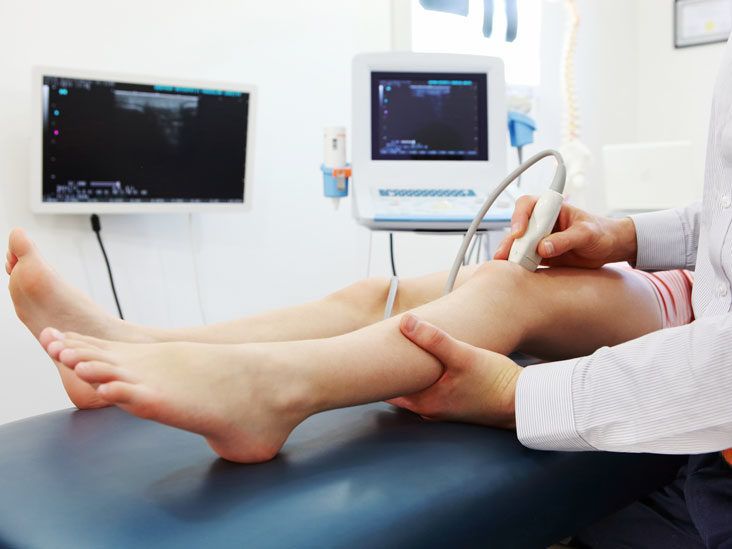Introduction
In the world of modern medicine, diagnostic ultrasound stands as a powerful tool that has transformed the way healthcare professionals diagnose and treat various medical conditions. This non-invasive and versatile imaging technique has made a significant impact across multiple medical specialties, from obstetrics and gynecology to cardiology and orthopedics. In this comprehensive blog post, we will explore the fascinating realm of diagnostic ultrasound, focusing on ultrasound machines, their technology, applications, benefits, and the promising future of this technology.
The Evolution of Ultrasound Technology
Ultrasound technology has come a long way since its inception. The roots of ultrasound imaging date back to the early 20th century, with significant advancements occurring in the latter half of the century. Today, ultrasound machines have evolved into highly sophisticated devices capable of producing detailed, real-time images of the body’s internal structures. These machines rely on the principles of sound waves and echo to create images that aid in the diagnosis and management of various medical conditions.
The Technology Behind Ultrasound Machines
Ultrasound machines, also known as sonography or echography machines, work on the principle of sending high-frequency sound waves into the body and capturing the echoes that bounce back. These sound waves are beyond the range of human hearing and are harmless. The machine’s transducer, a handheld device, emits these sound waves, and as they encounter different tissues and structures within the body, they produce echoes. The machine then processes these echoes to create real-time images displayed on a monitor.
Key Components of an Ultrasound Machine:
Transducer: This device emits and receives sound waves. It’s placed directly on the patient’s skin and is moved around to capture images from different angles.
Central Processing Unit (CPU): The CPU of the ultrasound machine is responsible for processing the echo data and rendering it into an image.
Monitor: The monitor displays the real-time images, allowing the healthcare provider to interpret and analyze them.
Keyboard and Control Panel: The keyboard and control panel enable the operator to adjust settings, select imaging modes, and freeze or save images for documentation.
Probe or Transducer Ports: Ultrasound machines often have multiple ports to accommodate various types of transducers for different imaging needs.
Applications of Ultrasound Technology
Ultrasound technology has a wide range of applications across numerous medical specialties. Here are some of the key areas where diagnostic ultrasound is commonly used:
Obstetrics and Gynecology: Ultrasound is widely employed for monitoring fetal development during pregnancy, assessing the female reproductive system, and diagnosing conditions like ovarian cysts.
Cardiology: Echocardiography, a specialized form of ultrasound, is used to evaluate the structure and function of the heart, helping to diagnose heart conditions and guide treatment.
Radiology: General radiologists use ultrasound to examine various parts of the body, including the abdomen, pelvis, and musculoskeletal system.
Emergency Medicine: Ultrasound machines are valuable tools in emergency departments for quick assessments, such as detecting internal bleeding or confirming the presence of foreign objects.
Urology: Ultrasound is used to visualize the urinary tract, detect kidney stones, and guide procedures like prostate biopsies.
Vascular Surgery: Vascular ultrasound is used to examine blood vessels and diagnose conditions such as deep vein thrombosis (DVT) and atherosclerosis.
Anesthesiology: Ultrasound-guided nerve blocks are used for regional anesthesia and pain management.
Benefits of Diagnostic Ultrasound
The widespread adoption of diagnostic ultrasound is due to its numerous advantages. Some of the key benefits of this imaging technology include:
Non-Invasiveness: Ultrasound is non-invasive, meaning it does not require surgical procedures or the use of ionizing radiation like X-rays or CT scans. This makes it safer and more comfortable for patients.
Real-Time Imaging: Ultrasound provides real-time images, allowing healthcare providers to observe the body’s internal structures as they function. This is particularly useful during surgical procedures and interventions.
Portability: Modern ultrasound machines come in various sizes and configurations, including portable units. This portability makes them suitable for use in diverse healthcare settings, including clinics, hospitals, and remote locations.
Cost-Effective: Compared to other imaging modalities, ultrasound is generally more cost-effective, making it accessible to a broader range of patients and healthcare facilities.
No Radiation Exposure: Unlike X-rays and CT scans, ultrasound does not expose patients to ionizing radiation, making it a preferred choice for pregnant women and children.
Multi-Modality Imaging: Ultrasound can be used in conjunction with other imaging techniques, such as magnetic resonance imaging (MRI) or computed tomography (CT), to provide a more comprehensive diagnostic assessment.
Future Innovations in Ultrasound Technology
As technology continues to advance, the future of diagnostic ultrasound holds exciting possibilities. Some of the key innovations to look forward to include:
3D and 4D Imaging: Three-dimensional (3D) and four-dimensional (4D) ultrasound imaging is becoming more widespread. These advancements offer even more detailed and realistic views of the fetus during pregnancy and aid in complex surgical planning.
Contrast-Enhanced Ultrasound: Research is ongoing to develop contrast agents that can be used with ultrasound to enhance the visibility of blood flow and tissue perfusion. This will be especially beneficial in cardiology and oncology.
Artificial Intelligence Integration: Machine learning and artificial intelligence (AI) are being integrated into ultrasound machines to improve image analysis and diagnosis. AI can assist healthcare providers in detecting abnormalities and improving the accuracy of diagnoses.
Miniaturization and Wearable Devices: Miniaturization of ultrasound equipment and the development of wearable ultrasound devices may enable patients to monitor their health from the comfort of their homes, increasing accessibility to healthcare.
Conclusion
Diagnostic ultrasound, with its remarkable technology, diverse applications, and numerous benefits, has established itself as an indispensable tool in modern medicine. From the prenatal care of expectant mothers to the diagnosis of heart conditions and the assessment of various bodily systems, ultrasound machines have contributed significantly to improving patient outcomes. As technology continues to evolve, the future of ultrasound holds even greater promise with innovations like 3D imaging, AI integration, and wearable devices. The journey of diagnostic ultrasound is far from over, and its impact on healthcare will only continue to grow.



